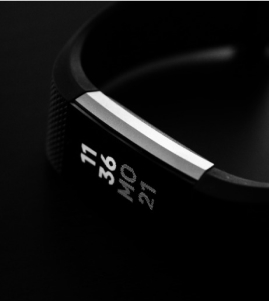Early on Monday morning, the Secret Service found a drone on the White House grounds. A White House spokesperson said it poses no threat. But it does—at least to the way we think about “drones.”
Ordinarily, the White House is the launcher of drones, not a target of them. The executive branch has been criticized for using Predator drones to launch airstrikes that have left more than 2,400 dead—more than 10% of those reportedly civilians.
So it seems just a little cavalier to say this new drone posed no threat to President Obama, his family or the White House staff. At least, that is, until you recall that the word “drone” has two meanings.
In a political context, of course, the word “drone” usually refers to deadly unmanned, quasi-military aerial vehicles armed with missiles. These days, though, the word also refers to inexpensive, lightweight, remote-controlled hobbyist vehicles. These quad, hex, and octo-copters, generally weighing less than three pounds, can be operated as toys, bird’s-eye-view cameras, or aerial package delivery services.
(Later Monday morning, the Secret Service clarified that it did indeed find a quadcopter at the White House.)
No wonder Amazon is having trouble convincing the U.S. government that its potential drone delivery service, Prime Air, would be harmless to Americans. After all, its would-be delivery vehicles share a moniker with a weapon used to kill people.
See also: Amazon Tells The Feds It Really Wants To Test Drone Delivery
“Drone,” of course, has many other meanings as well. It can refer to a male honeybee, corporate sheeple or a humming or buzzing noise. It’s only in military terminology that it refers to a pilotless aircraft, giving the term its modern combatant tone.
Let’s Rename Drones
A better term for unmanned hobbyist aircraft might be “multi-rotor copters.” That’s more descriptive, since these vehicles typically need four or eight rotors to operate smoothly while hovering, taking off and landing (see our review of the best drones).
And it’s a distinctive term that would help avoid conflating different types of unmanned vehicles. Predator and Global Hawk drones, designed for far more distant flights, resemble warplanes without cockpits—not tiny copters. “Multi-rotor copters” also avoids the pitfalls of a term like “mini-drones,” since weaponized drones will inevitably decrease in size, as all technology tends to.
Cases of mistaken drone identity are already cropping up. In late January, a small multi-rotor copter carrying crystal meth crashed near the U.S.-Mexico border, apparently overburdened by its illicit load. After all, the drone pictured by the Secretaría de Seguridad Pública Tijuana was designed for hobbies, not smuggling.
But the Latin Times chose to illustrate its story with a photo of a Predator drone, though there is no evidence this type of drone was ever utilized. Expect more such mix-ups, given that a DEA spokesperson told a Mexican news outlet in 2012 that there have been over 150 attempts to carry drugs over the border via drone.
When drones make the news, it’s never immediately clear if we ought to be marveling at technical advancements or running for our lives. Consider this my vote for the term “multi-rotor copters,” which we can instantly recognize as mostly harmless.
DJI Phantom and Predator drone photos via Wikimedia Commons

















